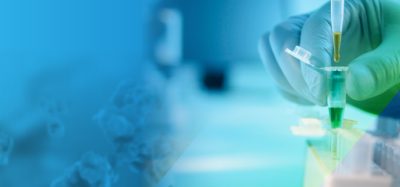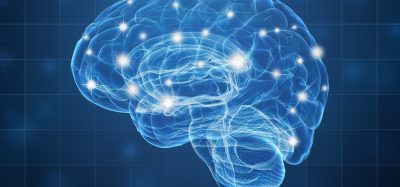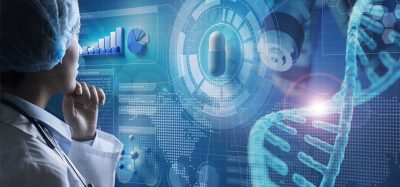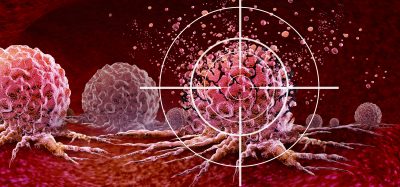New technique developed for identifying therapeutic nanobodies
Posted: 25 June 2021 | Victoria Rees (Drug Target Review) | No comments yet
Researchers have used a new method for discovering nanobodies to identify potential therapeutics against SARS-CoV-2 infection.
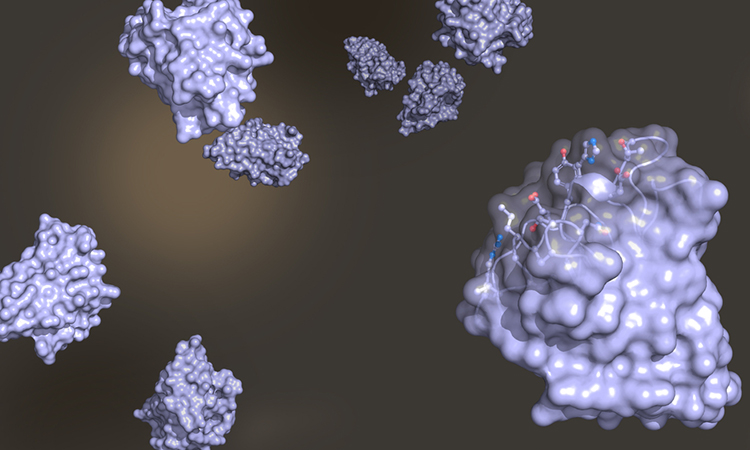

Researchers have found a simple method for identifying nanobodies with drug-like properties suitable for preventing SARS-CoV-2 infections. From the University of Michigan, US, the team demonstrated the approach by generating nanobodies that neutralised SARS-CoV-2 more potently than an antibody isolated from an infected patient and a nanobody isolated from an immunised animal.
According to the researchers, antibody and nanobody discovery currently involves selecting initial lead antibody candidates, followed by time- and labour-intensive modifications to make them suitable for therapeutic applications.
“A key advantage to the new method, both in terms of addressing pandemics and nanobody development more generally, is the ability to select nanobodies that bind strongly more rapidly than with current methods,” said co-first author of the study, Jennifer Zupancic, doctoral candidate in chemical engineering.
Biomarkers are redefining how precision therapies are discovered, validated and delivered.
This exclusive expert-led report reveals how leading teams are using biomarker science to drive faster insights, cleaner data and more targeted treatments – from discovery to diagnostics.
Inside the report:
- How leading organisations are reshaping strategy with biomarker-led approaches
- Better tools for real-time decision-making – turning complex data into faster insights
- Global standardisation and assay sensitivity – what it takes to scale across networks
Discover how biomarker science is addressing the biggest hurdles in drug discovery, translational research and precision medicine – access your free copy today
“This unexpected discovery appears to be a key step toward addressing a long-standing challenge in the field, namely the rapid and simple generation of high-affinity agents, without the need for extensive screening and optimisation,” said Professor Peter Tessier, senior author of the paper.
Nanobodies and antibodies bind to their targets via multiple flexible binding loops called complementarity-determining regions (CDR). The researchers discovered that one or more of the individual binding loops from different leads could be combined into single nanobody mutants with improved properties, a process called CDR swapping.
“This process of CDR swapping resulted in substantial changes to the nanobodies we initially started out to modify,” Zupancic said. “It was surprising to us that such large changes not only did not hinder their ability to bind and neutralise the SARS-CoV-2 virus, but actually greatly improved it.”
While the team discovered this method accidentally, they report that the technique is simple to perform in a systematic manner.
“We observe that our nanobodies have drug-like properties and also bind to and neutralise the SARS-CoV-2 virus strongly,” Zupancic said. She also said that the technique could be used to develop nanobodies against other viruses and disease targets, work that is ongoing in the lab now.
The study is published in Cell Chemical Biology.
Related topics
Antibodies, Biologics, Biopharmaceuticals, Drug Discovery, Protein, Proteomics
Related conditions
Covid-19
Related organisations
Michigan University
Related people
Jennifer Zupancic, Professor Peter Tessier



